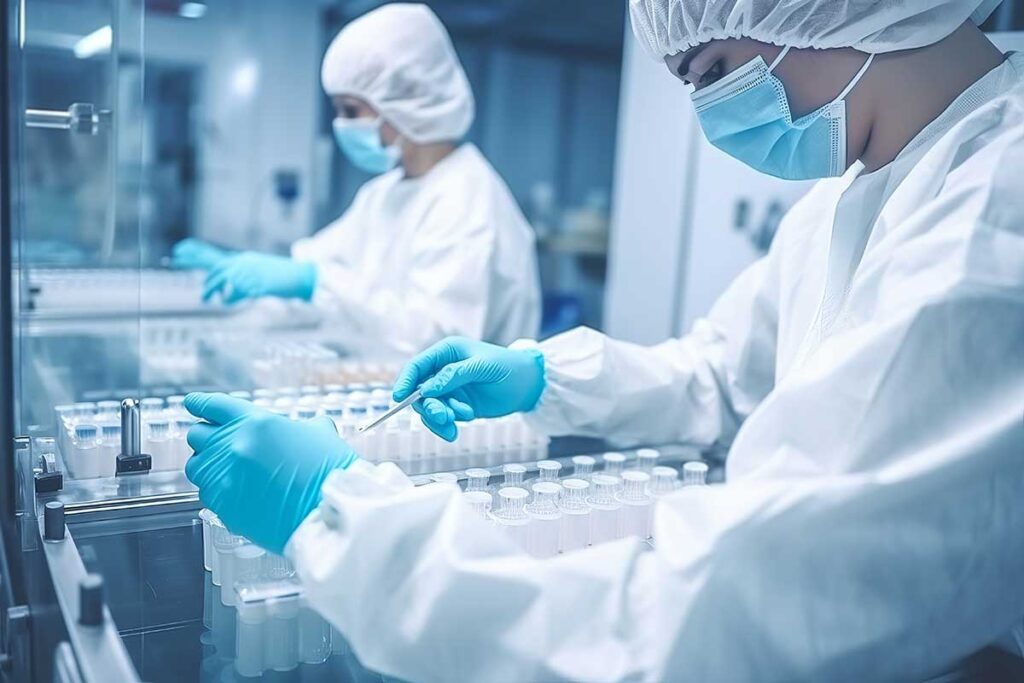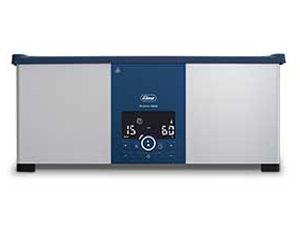
Laboratory Sonicator Guide: Applications, Benefits, and Equipment Selection
What is a Laboratory Sonicator?
A laboratory sonicator is an essential piece of equipment used for sample preparation in research and analytical settings. These devices use ultrasonic sound waves—frequencies above 20 kHz, beyond human hearing range—to create high-frequency energy in liquids. This energy generates millions of microscopic vacuum bubbles that implode with force (a phenomenon called cavitation), which efficiently agitates, disperses, mixes, or dissolves samples.
Lab sonicators are invaluable tools across pharmaceutical, food science, cosmetic, and other research industries where consistent and thorough sample preparation is critical for accurate analysis.
Types of Laboratory Sonicators
The primary types of laboratory sonicators include:
- Ultrasonic Bath Sonicators – Sample containers are placed in a water bath where ultrasonic waves penetrate through the container walls
- Probe Sonicators – Direct ultrasonic energy is applied using a probe immersed directly into the sample
- Cup Horn Sonicators – Similar to bath sonicators but with more focused energy delivery
This article focuses primarily on ultrasonic bath sonicators, which are among the most versatile and widely used in laboratory settings.
Applications of Lab Sonicators in Sample Preparation
Pharmaceutical Applications
In pharmaceutical research and development, lab sonicators are frequently used to:
- Extract active pharmaceutical ingredients (APIs) from excipients
- Dissolve samples prior to content uniformity testing
- Prepare samples for potency assays
- Aid dissolution testing
Many USP monographs specifically recommend ultrasonic baths for sample dissolution prior to analysis. As noted in the book “Optimization of Pharmaceutical Processes,” ultrasound technology has created promising applications for obtaining better quality products with enhanced process efficiency.
Food and Beverage Industry Applications
Lab sonicators have gained significant traction in food science research:
- Enhanced emulsification of liquid foods
- Improved homogenization processes
- Fat globule size reduction
- Processing of beverages and drinks
According to research on ultrasound in liquid food processing, benefits include “enhanced emulsification with improved homogenization and fat globule size reduction.”
Cosmetic Analysis Applications
The complex matrices of cosmetic products often require sophisticated sample preparation:
- Ultrasonic-assisted extraction of target compounds
- Homogenization of complex formulations
- Dissolution of active ingredients
Ultrasonic-assisted extraction is recognized as a crucial development in sample preparation techniques for cosmetic analysis.
How Sonication Works
The science behind a lab sonicator is fascinating and straightforward:
- Generators excite transducers bonded to the tank bottom
- The tank bottom vibrates at ultrasonic frequencies
- These vibrations create millions of microscopic vacuum bubbles
- When bubbles contact surfaces, they implode with force (cavitation)
- The cavitation energy passes through glass container walls
- This energy agitates the contents, dispersing or dissolving samples
This process allows for rapid and consistent sample preparation without direct contact between the equipment and the sample materials.
Selecting the Right Laboratory Sonicator
When choosing a lab sonicator, consider these important factors:
Key Features to Consider
- Ultrasonic Frequency: Typically 37-80 kHz, with different applications benefiting from specific frequencies
- Power Output: Higher power means faster processing but may generate more heat
- Tank Size: Must accommodate your typical sample containers
- Temperature Control: Some applications require heating or cooling capabilities
- Programmability: Preset programs save time for frequent procedures
- Special Modes: Features like degas or pulse modes enhance functionality
Equipment Example: Elmasonic Select Series
The Elmasonic Select 150 (3.9-gallon capacity) offers excellent features for laboratory sample preparation:
- 37 kHz ultrasonic frequency
- 300 watts effective ultrasonic power
- Degas mode for removing entrapped air from solvents
- Pulse mode for increased ultrasonic power during critical phases
- Programmable operation with digital display
- Shallow depth design (3.9 inches) that concentrates power
For larger samples, the Elmasonic Select 300 provides 7.4-gallon capacity with similar features but greater depth (7.9 inches).
Best Practices for Laboratory Sonicator Use
Sample Preparation Protocol
- Prepare samples according to established procedures and place in appropriate containers
- Position containers in the sonicator basket with proper accessories (flask clamps, test tube racks)
- Fill the bath with water and a few drops of sonication amplifier (like dishwashing liquid)
- Partially immerse sample containers in the solution
- Set the timer for the required sonication cycle
- Activate the unit and monitor the process
- Use pulse mode as needed to enhance processing
- After completion, proceed with sample analysis
Pre-Preparation Steps
Always degas fresh sonication solutions before beginning sample preparation. This removes entrapped air that reduces cavitation efficiency. Many modern lab sonicators include a dedicated degas mode that accelerates this process compared to the 10-15 minutes it might take during normal operation.
Temperature Considerations
Be aware that ultrasonic energy naturally produces heat during operation. For temperature-sensitive samples:
- Use shorter processing cycles
- Employ cooling coils to prevent heat buildup
- Monitor temperature throughout the process
Conversely, when higher temperatures benefit sample preparation, many lab sonicators include heaters that can maintain temperatures up to 80°C.
Multiple Uses for a Laboratory Sonicator
Beyond sample preparation, laboratory sonicators serve additional functions:
- Cleaning laboratory glassware and instruments
- Degassing mobile phases for HPLC
- Cleaning specialized equipment like laboratory sieves
- Accelerating extraction processes
- Dispersing nanoparticles
This versatility makes a lab sonicator a valuable investment for research facilities.
Maximizing Your Laboratory Sonicator Investment
Laboratory sonicators represent an essential tool for efficient and consistent sample preparation across multiple industries. By understanding the available equipment options and implementing best practices, researchers can achieve more reliable and reproducible results.
When selecting a lab sonicator, consider your specific application requirements, sample volumes, and processing needs. The right equipment will enhance your laboratory workflow and improve analytical precision.
For pharmaceutical, food science, cosmetic, or other analytical applications, a quality laboratory sonicator provides an ideal means to prepare samples for accurate analysis, saving time while improving consistency and reproducibility. Call or chat with the experts at Tovatech to select the lab sonicator that is right for your application.

